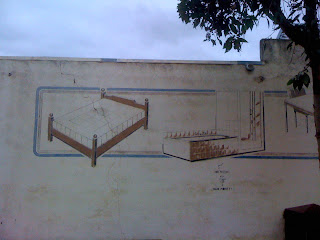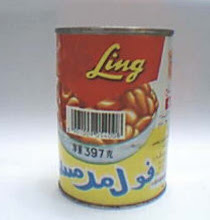Following on from the last post, here are some of the other ghost signs I snapped in Victoria's old ghost towns yesterday.
Firstly, Talbot - a small village with 300 people, but with a wealth of Victorian gold-era buildings. I really enjoyed Talbot...it felt like it had been simply left alone, rather than being preened and primed for tourism like Maldon (see previous post: http://findingtheradiobook.blogspot.com.au/2012/08/gold-country.html). It had some great signs too:
And now, the larger regional centre of Maryborough, another 16 km up the road from Talbot. Obviously a rich place in its time, judging by the palatial railway station. Wikipedia tells us that Mark Twain wrote of the town and station in 1895:
"Don't you overlook that Maryborough station, if you take an interest in governmental curiosities. Why, you can put the whole population of Maryborough into it, and give them a sofa apiece, and have room for more. You haven't fifteen stations in America that are as big, and you probably haven't five that are half as fine. Why, it's perfectly elegant. And the clock! Everybody will show you the clock. There isn't a station in Europe that's got such a clock. It doesn't strike--and that's one mercy. It hasn't any bell; and as you'll have cause to remember, if you keep your reason, all Australia is simply bedamned with bells."
Some nice signs here too:
Now for Creswick. Not a lot here, but a couple worth noting:
And finally, one from the tiny town (more like intersection) of Smeaton:
Firstly, Talbot - a small village with 300 people, but with a wealth of Victorian gold-era buildings. I really enjoyed Talbot...it felt like it had been simply left alone, rather than being preened and primed for tourism like Maldon (see previous post: http://findingtheradiobook.blogspot.com.au/2012/08/gold-country.html). It had some great signs too:
 |
| A famous sign. |
 |
| This one, like the Carnation one, has been snapped many times. It's for Henderson's brand...(anyone know?). Seems to be about suspension/wheels. (some of the signage underneath also seems to be about wheels...see pics below) You can see what it looked like before the bush grew here: http://www.redbubble.com/people/mortelliti/works/7838090-stop-that-galloping-hendersons?c=102217-signage |
And now, the larger regional centre of Maryborough, another 16 km up the road from Talbot. Obviously a rich place in its time, judging by the palatial railway station. Wikipedia tells us that Mark Twain wrote of the town and station in 1895:
"Don't you overlook that Maryborough station, if you take an interest in governmental curiosities. Why, you can put the whole population of Maryborough into it, and give them a sofa apiece, and have room for more. You haven't fifteen stations in America that are as big, and you probably haven't five that are half as fine. Why, it's perfectly elegant. And the clock! Everybody will show you the clock. There isn't a station in Europe that's got such a clock. It doesn't strike--and that's one mercy. It hasn't any bell; and as you'll have cause to remember, if you keep your reason, all Australia is simply bedamned with bells."
Some nice signs here too:
 |
| Opposite the footy oval, natch... |
 |
| In the pedestrian mall... |
Now for Creswick. Not a lot here, but a couple worth noting:
And finally, one from the tiny town (more like intersection) of Smeaton:
























































